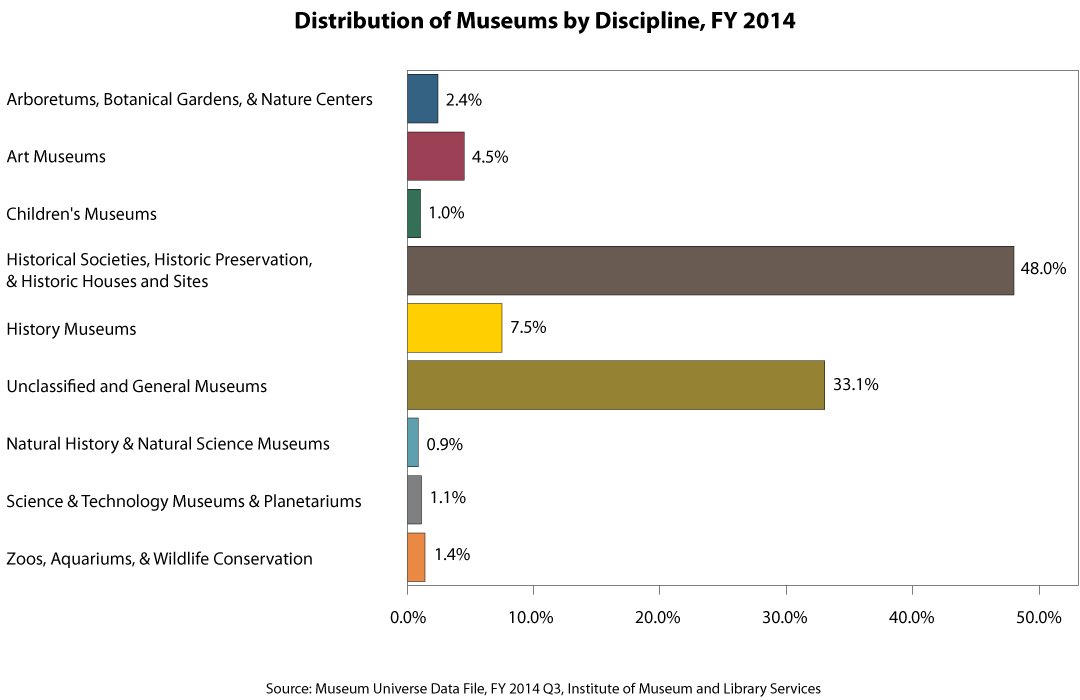There is a lot of great writing and conversation happening now about the role and responsibilities of museums in society right now, but the "museum" being imagined in the discussion is almost always a large art museum. https://twitter.com/MichelleNMoon/status/1276513714649337857">https://twitter.com/MichelleN...
Of the 35,000 museums in the U.S., 48% of them are historic societies or historic sites and historic houses. 4.5% are art museums.
A lot of the solutions and suggested plans of action simply don& #39;t apply to small historical organizations. Stop paying board members and executives exorbitant salaries? No problem, many of them have no paid staff at all.
Stop spending money on purchasing collections? No problem, most non-art museums spend $0 on direct collections acquisition and instead rely entirely on donations.
This isn& #39;t to say small historical organizations don& #39;t need to do the work. They tend to be filled with the donated objects and images of white families in their communities, ignoring the realities of how generational wealth and racist violence has shaped what is donated to them.
Many many small historical societies are run entirely by volunteers, mostly retired folks and those who can afford to not work, who self-describe as history fans. They are often not participating in online discourse, or buying $200 tickets to national or regional conferences.
So how are we reaching out to them? How are we making sure they are a part of the conversation and reimagining of museums in the future? When they are such a numerically important part of our museum sector, it is vital that they be included in this process.
Since folks are reading this, here& #39;s some actual action items to consider at your small institution. https://twitter.com/circumfloribus/status/1276691321915191296">https://twitter.com/circumflo...

 Read on Twitter
Read on Twitter


